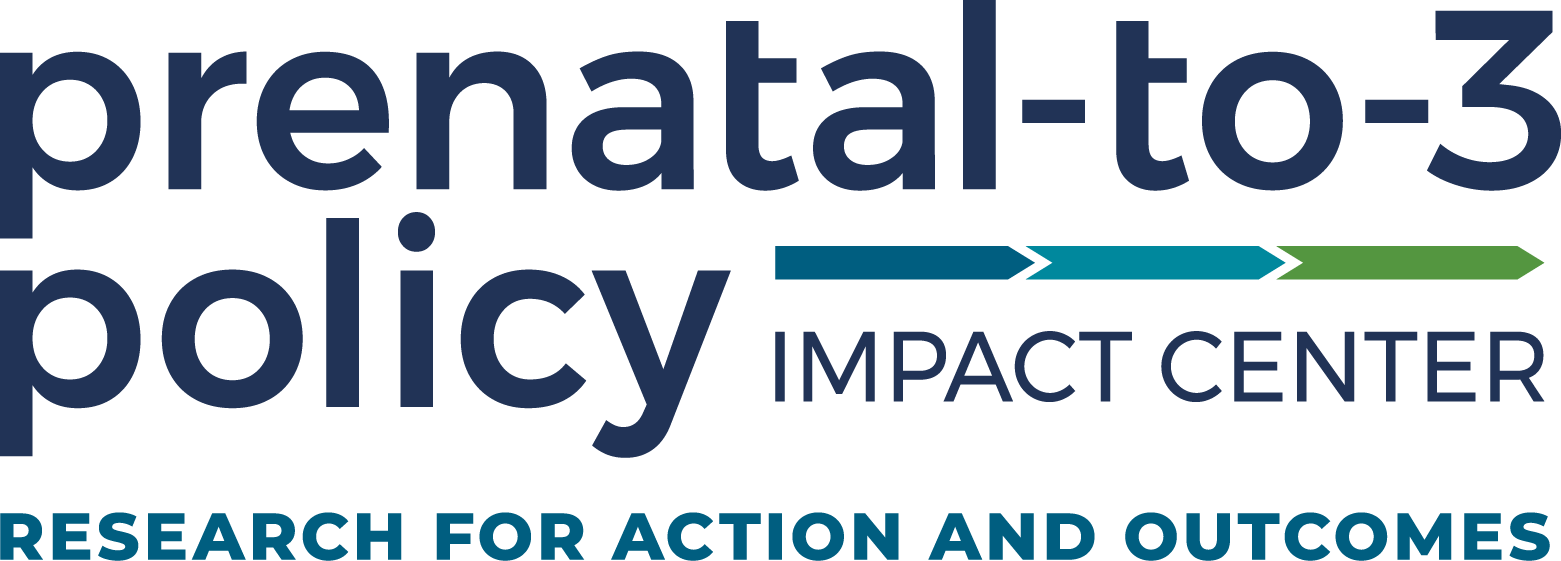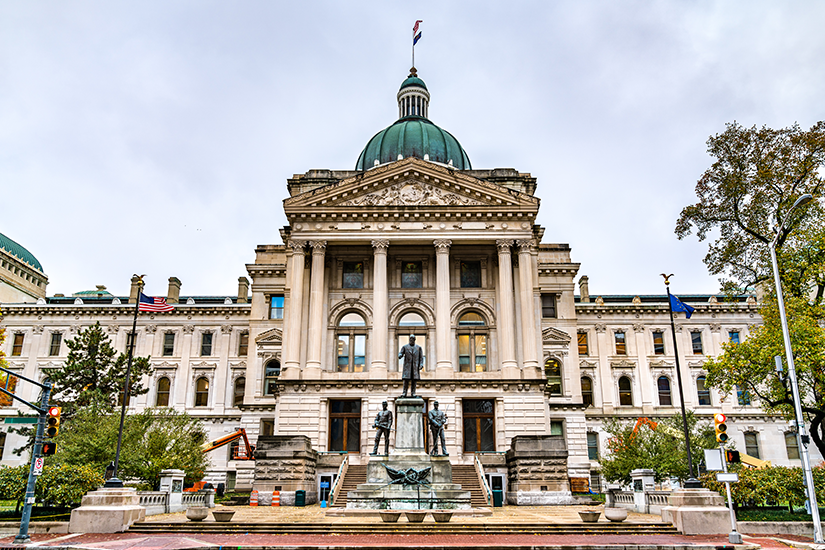RESEARCH BRIEF | B.007.0222
February 2022
Medicaid covers nearly half of all births in the United States.1 As such, state actions to change aspects of the program, like the length of coverage during the postpartum period, can have a large effect on the lives of those enrolled in Medicaid. In response to ongoing concerns over rising pregnancy-related mortality and morbidity rates across the US and underscored by alarming racial disparities,2 Congress offered states a new option to extend Medicaid coverage to 12 months postpartum through the American Rescue Plan Act of 2021. Extending postpartum coverage of Medicaid for 12 months would substantially reduce the number of new parents who lose their health insurance after the postpartum coverage period and may lead to improved health and economic outcomes for these parents and their infants.3



